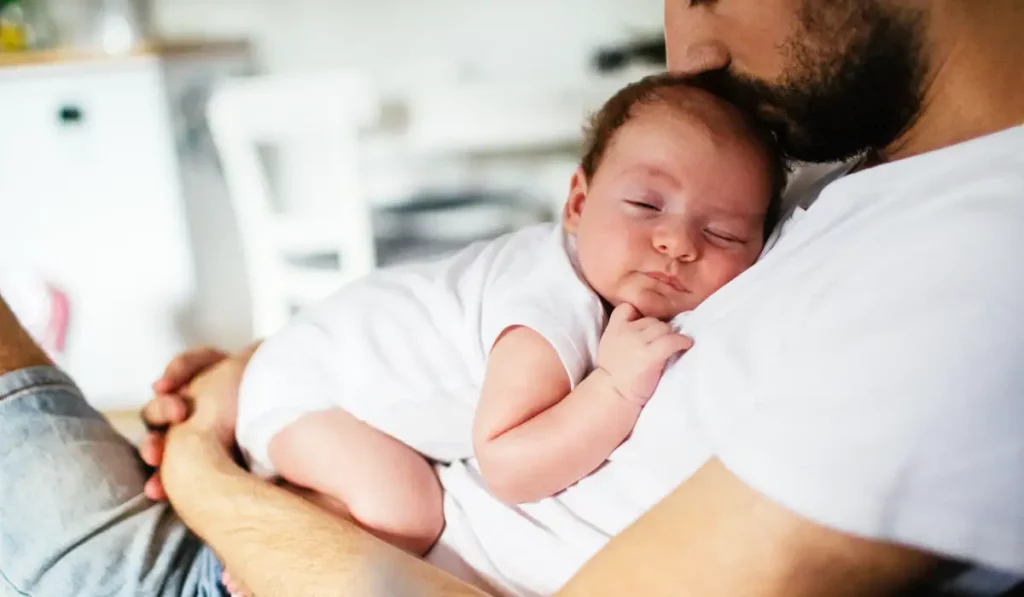You bundle up your kids in warm clothes for the winter. You hover next to the sink to make sure your kids wash their hands properly. You’ve told your kids they can’t leave the table until they finish their vegetables – yes, even that last piece of broccoli.
And even then, you don’t have enough fingers to count the number of times your kids have complained about a sore throat or a runny nose.
Ask any experienced parent – it is inevitable that your child will be exposed to different illnesses and health conditions throughout their childhood. Knowing what commonly-shared medical condition your child may be up against will give you a good idea of how to deal with it, and hopefully, give you a sigh of relief as well. We’ll take a look at five common conditions that are easily passed among children, what causes them, signs to look out for, and how they can be treated.
(1) Common cold
You probably expected to see this on a list of commonly-shared medical conditions – after all, it is the common cold. A common cold is a viral infection that affects the upper respiratory tract – in everyday terms, your nose and throat. It is caused by a number of different viruses, with the most common being a rhinovirus. It’s normal to notice your child catching a cold every month or so – most children have anywhere between 6 to 8 colds in a single year.
Common cold viruses are spread through cough, sneezing and spit droplets in the air that are inhaled. These viruses can also be spread through physical contact with someone who has a cold – children sharing contaminated items like toys and later rubbing their face can also lead to a cold. Some signs of a common cold that parents can expect to see in their children include a stuffy nose, a sore throat, and headaches. Some children may also deal with a low-grade fever and mild body aches.
Because of the large variety of viruses that can cause a cold, there isn’t a single vaccine or treatment. However, most children are able to recover from a cold on their own. There are a number of ways to help your child’s recovery and symptoms, and one of the most important things to keep in mind is ensuring that your child stays hydrated – water, warm soup and electrolyte solutions are all great options. You can also help your child’s breathing and stuffy nose with saline nasal sprays. These sprays don’t require a prescription of any sort and are completely safe for children. Finally, making sure that your child gets enough rest will help them bounce back from any sickness.
(2) Pneumonia
Pneumonia is an infection that inflames the lungs, Typically caused by bacterial or viral infections, pneumonia causes the lungs to fill up with fluid/pus – this leads to children having difficulty breathing, fever and chills.
Pneumonia is spread via person-to-person contact. This happens in a number of ways – children can inhale the sneeze or cough droplets of someone who is already infected, and they can also pick up germs and particles by touching surfaces that an infected person has come in contact with. People with weakened immune systems are at increased risk of catching pneumonia; it can be contracted by ingesting food and/or fungal particles. Symptoms of pneumonia can range anywhere from a mild cold to things like chest pain, coughs accompanied by phlegm, waves of fatigue, fevers, nausea and shortness of breath.
Pneumonia caused by a virus can only be treated with rest – other ways to minimize the effect of symptoms and speed up your child’s recovery includes staying hydrated, drinking warm beverages, taking warm baths and dressing in enough layers to combat chills. Pneumonia caused by bacteria can be treated with prescribed antibiotics – speak with a KixCare pediatrician to see if a prescription-based treatment plan would be appropriate for your child.
(3) Head Lice
Ah, lice – those pesky little creatures that have ruined countless sleepovers and playdates. These tiny insects feed on blood and live in hair and scalps. Head lice aren’t dangerous and don’t necessarily indicate poor hygiene, but they are irritating and can be difficult to get rid of.
Head lice spread very quickly, making it best to treat these insects as soon as possible. They move between scalps through direct contact with hair – in some cases, lice are able to spread through shared clothing and hygiene products as well. Searching your child’s scalp with a comb for nits (lice eggs – tiny tan dots on hair close to the scalp) and lice themselves is the best way to figure out if your child has a lice infestation. Children will also find themselves itching their scalp due to reactions from lice saliva. Rashes and small sores may also pop up from your child itching repeatedly.
Lice and nits should be removed by combing them out manually. Use a comb on wet hair every few days for 3-4 weeks to ensure that all eggs and live lice are dealt with. Medicated shampoos, lotions and creams, bought over-the-counter or prescribed, can also be used as a treatment for head lice. One exception: children under the age of 2 months should not use medication for lice.
(4) Bronchiolitis
Of all age groups, bronchiolitis – not to be confused with bronchitis – most commonly affects younger children. Bronchiolitis, a viral respiratory infection, is known to be caused by a couple of viruses (and in rare cases, bacteria) – the most common being influenza A viruses (also known as “the flu”). The type of virus your child contracts is also related to the length of their infection.
Viruses and bacteria that cause bronchiolitis are generally very contagious, meaning that children can easily pass it to others if they share items like toys, food utensils and surfaces. Bronchiolitis is characterized by difficulty with breathing. Some other indicators include a continuous cough, along with wheezing and any other cold-like symptoms (a runny nose, congestion). These viruses and bacteria are commonly spread between children through personal fluids, including mucus, saliva, etc.
Antibiotics and over-the-counter cold medicine tend to not be an effective treatment method for bronchiolitis; the good news is that most cases are mild, and your child can be looked after at home. Avoiding dehydration and drinking lots of fluids is key to recovering from bronchiolitis. In addition, saline nasal sprays/drops can help with any breathing issues your child may be dealing with. If you have a humidifier, this can also help relieve any congestion your child has.
(5) Pink Eye
Conjunctivitis, more commonly known as pink eye, is caused by an inflammation of the conjunctiva, or the white part of the eye. This inflammation is a result of the same bacteria and viruses that lead to colds, and can also be an allergic reaction. This gives the eye a pinkish-red appearance; despite how it looks, pink eye is rarely a serious issue.
Pink eye can be very infectious, with one child affecting a whole schoolyard. Just making contact with a surface that has been infected can spread the issue. Luckily, it is also very easy to notice – besides the eye’s appearance, your child may complain about an itch or sand in the eye. Pink eye also leads to the eye giving off discharge, creating a “watery eyes” look.
If your child’s pink eye is caused by a virus, it will often go away on its own without treatment. However, it’s good to not take the chance and try antibiotic eye drops, in case the condition was caused by bacteria. Anti-allergy medication can also be used to treat pink eye resulting from an allergic reaction. Regardless of whether your child’s medical condition is common or not, the KixCare team is here to help get them off the sidelines and back to play. Available 7 days a week, KixCare’s network of pediatricians and pediatric care specialists are here to answer your questions and make sure your child gets the quality medical care they need. Visit our main page to learn more about KixCare.



